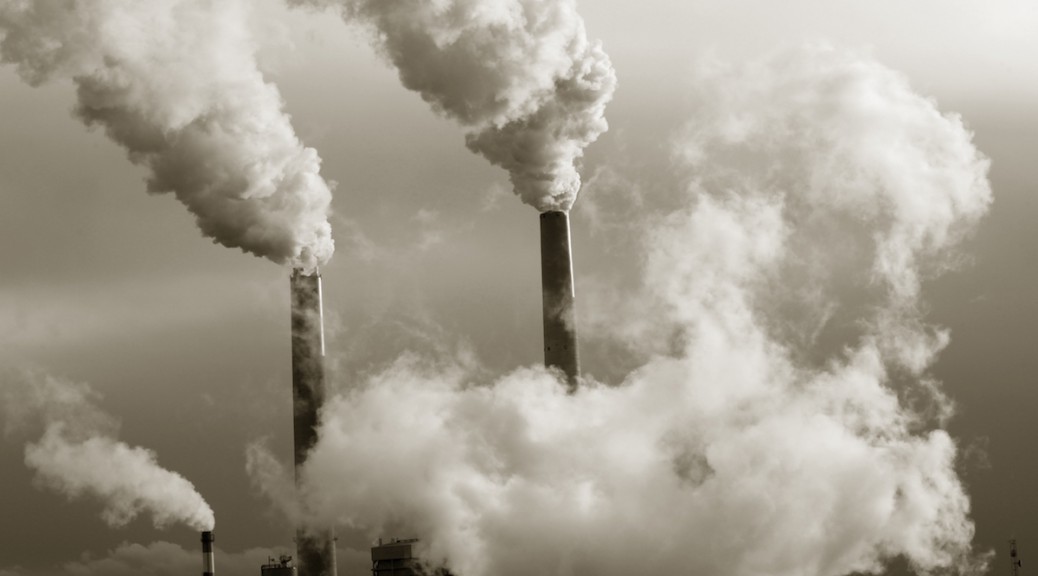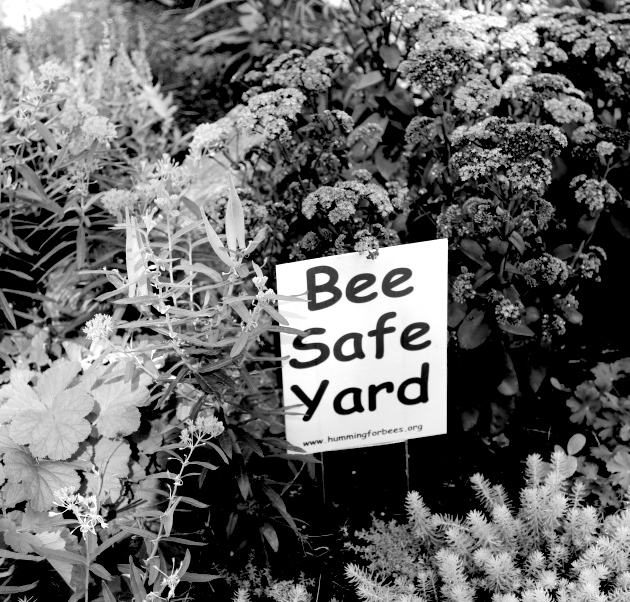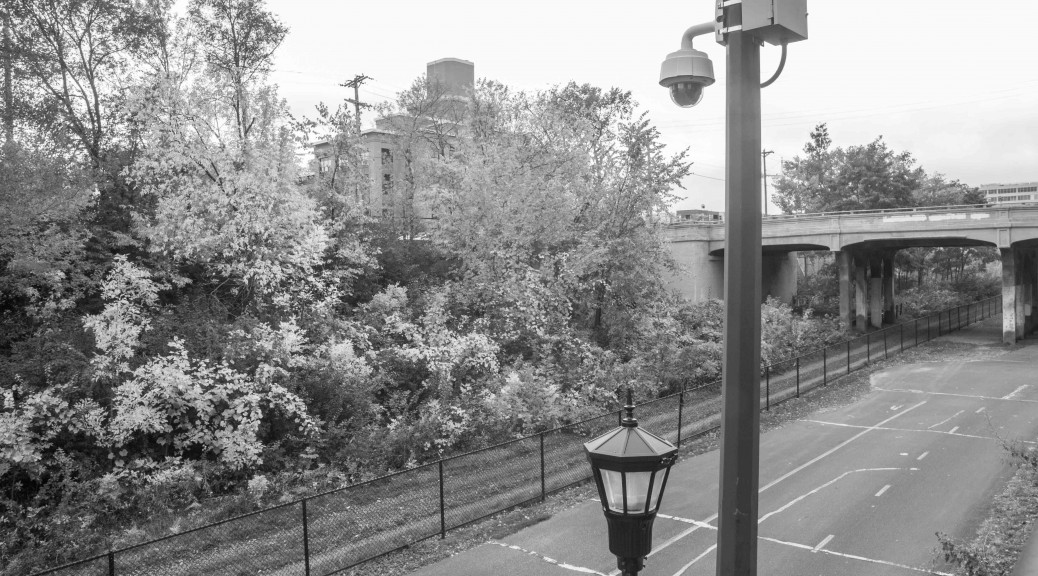We recently hit a point of no return for climate change. Atmospheric carbon levels reached over 400 parts per million, well above the 280 ppm of preindustrial times, the 300 ppm agreed upon by many low-lying countries as the limit above which anything further would constitute genocide, and even the 350 ppm touted as the acceptable limit by North American NGOs. It’s likely that this level won’t return to a more environmental-friendly level ever again, at least not within the lifespan of the human species. Rather than being demobilized, however, this news only reinforces in our minds the urgent necessity of change, but we are still barely scratching the surface while we are rapidly destroying the planet. In the last couple years more and more environmental NGOs stepped up and launched campaigns to save the environment and reverse climate change, yet these campaigns mainly focus on changing personal habits and endorsing politicians. Let’s take a closer look at two organizations and their attempts to save our planet.
First let’s take Friends of the Earth Action, a sister organization of Friends of the Earth, one of the biggest national environmental organizations. Friends of the Earth’s biggest campaign right now is a campaign called “Save the Bees”. While saving the bees is definitely a cause worth fighting for, considering the issues we are facing right now it is pretty trivial, especially since FoEA doesn’t link the shrinking bee population to climate change. And even though Friends of the Earth Action is still hiring organizers to help save the bees, taking a look at their website the last article about anything related to their save the bee campaign is dated in 2014, which was also when the last action relating to this campaign happened. Still, Friends of the Earth Action is sending out canvassers every day to go door to door and ask people for donations.
The way this is done is very typical of NGO’s. Canvassers are not allowed to talk about specific goals and strategies of the campaign or even get into a discussion with people, but instead are instructed to keep it light and simple, focusing only on getting the biggest donation. Friends of the Earth Action’s strategy is for canvassers to hand people a tablet with a static screen displaying a picture of a bee and their slogan. The tablet doesn’t offer any information about the campaign, the cause, or what can be done to save the bees. FoEA doesn’t want to talk about strategies and action plans because they don’t have any. Their main goal is to get people to donate and become a member of their organization. This is a well known strategy, as the more members an organization has, the more funding it can get, and the more influence and power it has.
The second organization I’d like to talk about is 350.org. This in an environmental organization that is best known for organizing the People’s Climate Marches that took place all over the country in 2015. The first red flag is that like many other environmental NGOs, 350.org accepts significant donations from foundations such as Tides, which is primarily funded by oil profiteers. It might seem odd that the companies who are most involved in destroying our planet are donating to an environmental organization that is claiming to fight climate change and environmental destruction, but it actually makes a lot of sense from a capitalist perspective; buying the organizations, who might be able to hurt them to keep them quiet and their actions ineffective. Unlike Friends of the Earth Action, whose main focus is raising donations which seem to disappear into a void 350.org focuses on what they call direct action. During the People’s Climate Marches 350.org got a lot of people involved, partnering with many organizations, companies and politicians who all publicly promised to make an effort to stop and reverse climate change. But in the end that’s all that happened: a lot of empty promises. 350.org managed to mobilize tens of thousands of people to take the streets for a day to demand climate justice, but offered no way for participants to follow up on that demand. The marches garnered attention in the media, but that was all. Instead of building our capacity to fight against environmental destruction, 350.org continues to stage media-centric events and focus on people changing their personal habits. Despite their rhetoric, 350.org finds itself among the long list of environmental organizations who claim to advance radical change but instead only offer individual solutions such as taking shorter showers to save water, biking or walking instead of driving, using energy saving light bulbs to save electricity and all the other tips we have heard so many times.
While there’s nothing wrong with these tips, they don’t even begin to address the monstrous scale of the catastrophe. To be able to save the environment and slow down climate change, we need a radical action strategy in place of the idea that we can keep capitalism and our current lifestyle alive.
If people took the scientific reports about global warming seriously, the engines of every fire department would sound their sirens and race to the nearest factory to extinguish its furnaces. Every high school student would run to the thermostat, turn it off, and tear it from the classroom wall, then hit the parking lot to slash tires. Every responsible suburban parent would don safety gloves and walk around the block pulling the electrical meters out of the utility boxes behind houses and condominiums. Every gas station attendant would press the emergency button to shut off the pumps, cut the hoses, and glue the locks on the doors; every coal and petroleum corporation would immediately set about burying their unused product where it came from—using only the muscles of their own arms, of course.
– CrimethInc., “The Climate is Changing”




